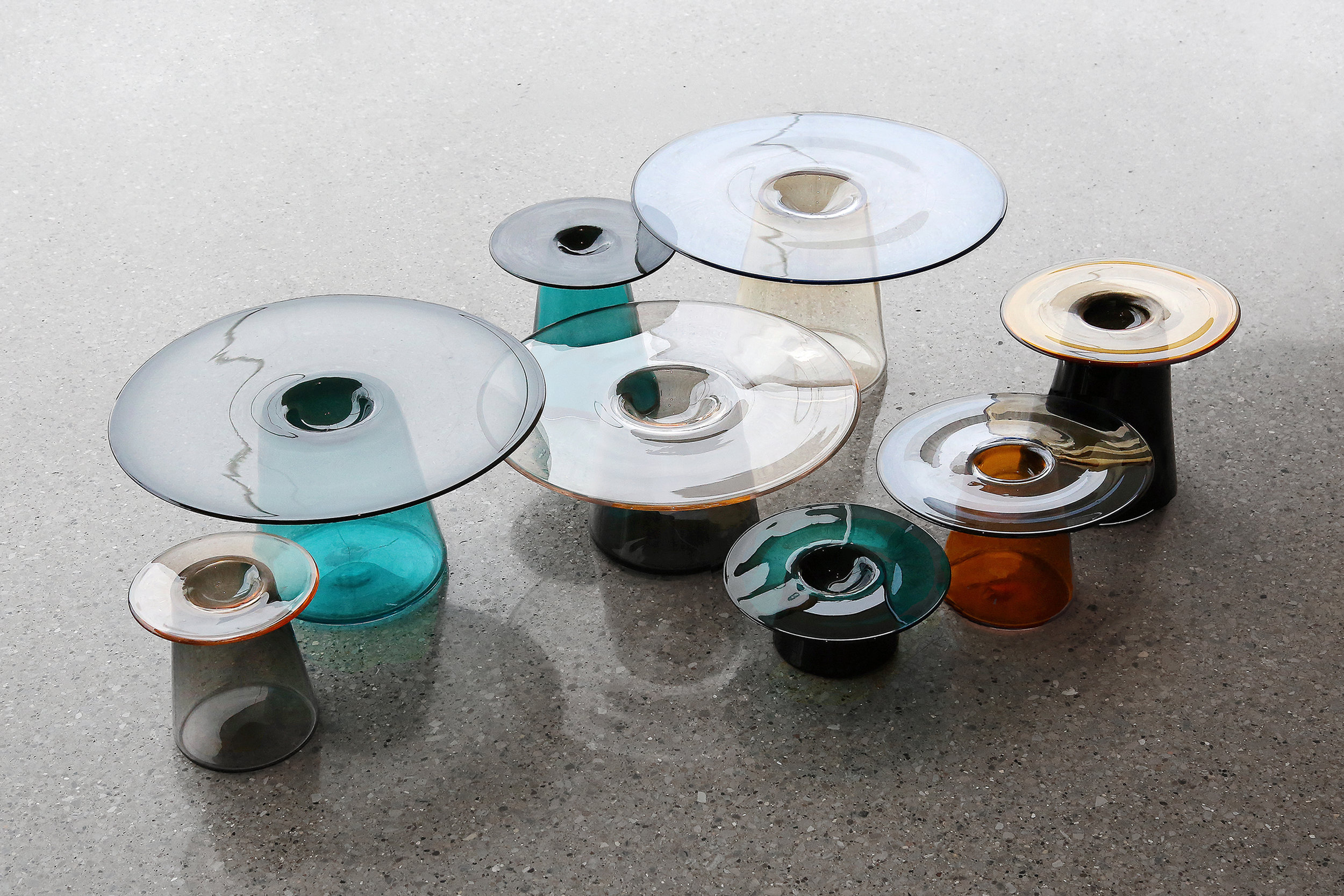Designer We Love: Nina Cho
A quick Q&A featuring Detroit-based artist and designer, Nina Cho
“검이불루 화이불치 (Korean), Gumleebullu Hwaleebulchi (English phonetics)”
The quote above is an old Korean saying that means, “It is modest but not humble, and impressive but not extravagant.” I admire this as an attitude and also as an aesthetic.
Born in the United States and raised in Korea, Detroit-based Nina Cho studied woodworking and furniture design in Seoul, before earning her MFA in 3D Design at the Cranbrook Academy of Art. Her work embraces her Korean heritage, and adopts the aesthetic of emptiness for users to explore.
We asked Nina three quick questions about her work and identity for our spotlight series, “Designers We Love.”
Crea HOW HAVE A) WORKING IN DETROIT, AND B) YOUR KOREAN BACKGROUND IMPACTED YOUR DISCIPLINE?
Nina Working and living in a different country from where I grew up has changed my perspective and attitude. Since English is not my first language, there are limitations in communicating exactly what I want to say.
Paradoxically, that has made me focus more on articulating my thoughts through visual language. Having limited vocabulary has also required that I give myself more time for introspection before I speak. I believe that the added self-reflection/contemplation has led me to express my identity and philosophy through my work in a more sophisticated way.
Above Bent Mirror Series
Photo: Christian Tschanz
How do you think about the evolution of your work over the past few years? Were there any particular moments that provoked periods of growth or change?
Participating in artist/designer residencies and exhibitions, both nationally and internationally, have helped me grow as a person and as a designer.
I like to challenge myself to experience new things. I always learn a lot from those experience and broaden my perspective from the conversations I have with all of the new people I meet. I think having a larger view on a variety of things helps my work to be more mature and refined.
“검이불루 화이불치 (Korean), Gumleebullu Hwaleebulchi (English phonetics)”
The Korean quote you mentioned, would you be able to explain a bit more on why you admire this as an attitude and aesthetic? How does this contribute to any of your projects/work?
I like the idea of being balanced, sophisticated and elegant. Without being pretentious, too much showing off or decoration, you can still make something impressive and you can be someone amazing. Being modest mostly comes from having a Korean spirit.
In Korea, “modest” is not about making something or myself shabby. By getting rid of unnecessary/extraneous factors, I believe the main idea comes to the forefront. I hope people can see a subtle beauty in my work with a strong impression. The whole idea represents everything about myself.
I think of my work, and even my life, my thinking, my appearance and my possessions as interconnected, becoming a singular meaning and expression.
I think of my work, and even my life, my thinking, my appearance and my possessions as interconnected, becoming a singular meaning and expression.
Above Cantilever Table
Photo: Rare JK
WHAT’S YOUR FAVORITE DESIGN PROJECT YOU’VE COMPLETED TO DATE? WHY?
I don’t have a favorite project, but I think certain projects represent my philosophy well.
In both the Bent Mirror Series and the Cantilever Table from the Reductive Form Study collection, I explore planar materials like sheet metal to develop my ideas about folding and bending to create a three dimensional form. A thin gauge of metal presents this idea well and supports the aesthetic of emptiness by describing positive and negative space.
Also, the unique transparent materiality in the glass work, Layering Transparency, reveals overlapping parts of positive and negative space beautifully created from the process of blowing glass. The sculptural forms invite people to interact with the objects in an inventive and personal way.
Users have freedom to explore the use of negative space created within an object.
✨






